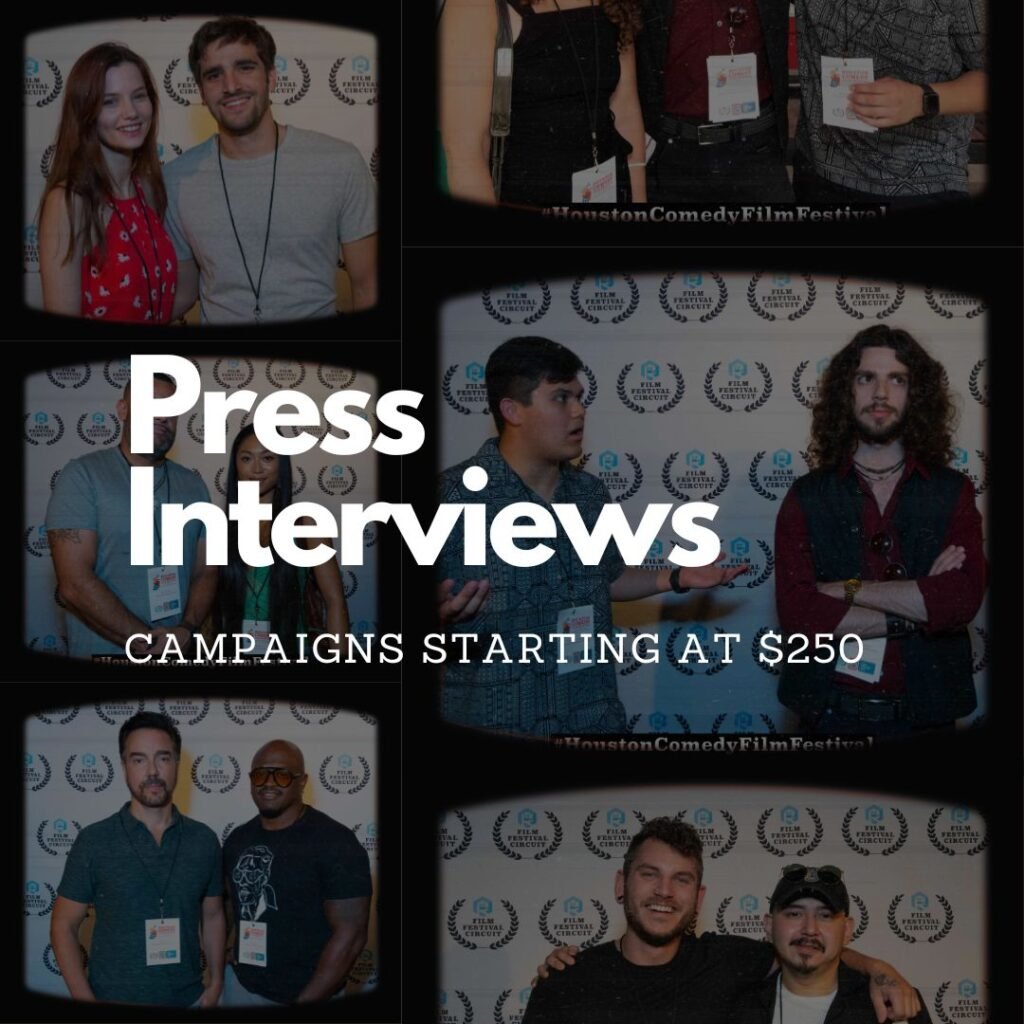Advice
Creative Ways to Film on a Budget

Location plays an integral role in filmmaking, often serving as much more than a mere backdrop. When working on a shoestring budget, the ability to creatively leverage various settings can significantly enhance the visual appeal of your project without incurring high costs. Scouting for locations that offer unique natural beauty or architectural features can yield impressive results. Public parks, beaches, and urban landscapes can provide visually stunning environments at little to no expense.
Another valuable tip is to explore community centers or facilities that might be available for filming at reduced rates. Often, local organizations or schools may welcome the opportunity to showcase their spaces, providing filmmakers with a cost-effective option. Additionally, consider asking friends and family if they are willing to lend their homes or properties for filming. Personal environments can add an authentic touch to your film and often come with fewer restrictions than commercial venues.
Once a location is identified, it is essential to negotiate filming permissions properly. Reach out to property owners or managers with a clear outline of your project and discuss any potential impacts on the space. Often, owners are amenable to allowing filming if approached respectfully and professionally. Furthermore, embellishing simple backgrounds with strategic props or creative lighting can transform a modest setting into a compelling focal point. Such enhancements will elevate the production quality while remaining within budget constraints.
The concept of ‘location as character’ should also be considered. By integrating the environment’s distinctive attributes into the narrative, filmmakers can create a more immersive experience. This approach emphasizes the significance of surroundings, making the location feel alive within the story. By utilizing affordable yet visually striking settings, filmmakers can produce compelling works that defy the limitations of a low-budget production.
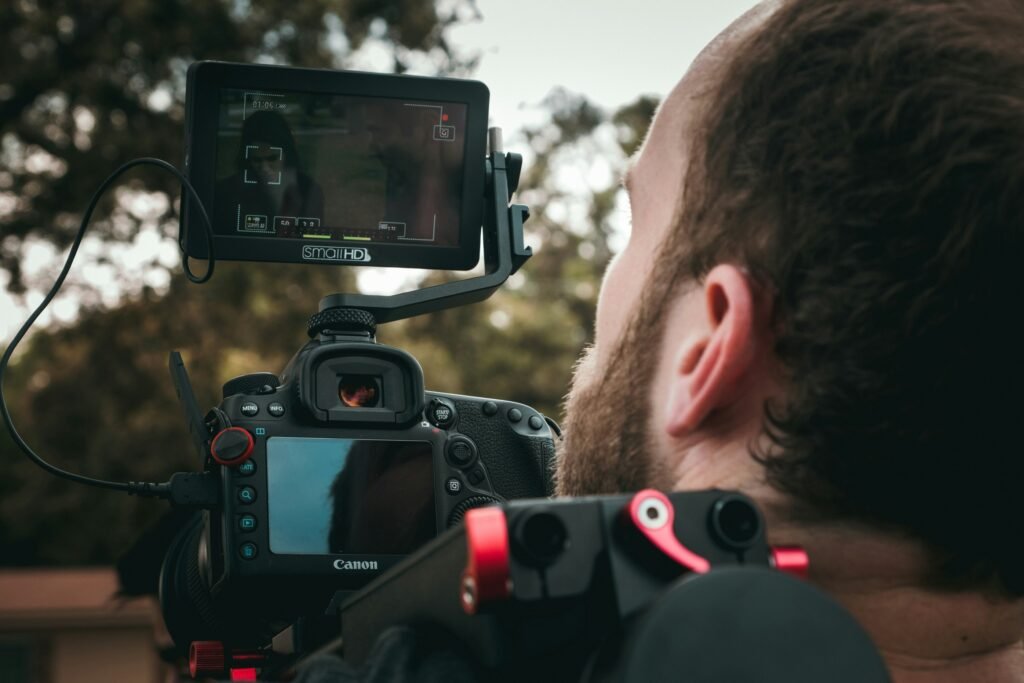
Props and Costumes: Crafting Impactful Elements on a Budget
When it comes to filmmaking, the significance of props and costumes cannot be overstated; they play a vital role in establishing the film’s atmosphere and helping to articulate the characters’ identities and motivations. However, achieving a high production value while adhering to a limited budget requires creativity and resourcefulness. One viable approach is to source props and costumes from thrift stores and online marketplaces, which often provide unique and affordable items that can enrich the visual storytelling without straining finances.
Thrift shops and second-hand stores are treasure troves of hidden gems. Filmmakers can discover vintage clothing, accessories, and household items that not only fit the period or theme of their film but can also add character to it. By exploring various thrift stores, filmmakers can often find one-of-a-kind pieces that stand out, improving the overall aesthetic of their production inexpensively.

Additionally, online marketplaces such as eBay, Craigslist, and Facebook Marketplace offer a range of props and costumes at competitive prices. This can be particularly useful for niche items that might be hard to find locally. By searching for keywords relevant to your film’s theme or setting, and being open to negotiation, filmmakers can acquire items that align with their vision without overspending.
DIY approaches also present an opportunity to create impactful elements while staying budget-conscious. Repurposing everyday objects can lead to imaginative solutions that feel authentic. For instance, using cardboard or foam to build intricate set pieces or modifying existing clothing with simple sewing techniques can produce impressive results. Collaborating with local artisans or fellow filmmakers can further enhance creativity and resource efficiency.
Ultimately, the art of selecting and crafting props and costumes lies in their resonance with the story and characters. By thinking outside the box and employing innovative methods, filmmakers can elevate their projects, ensuring that every prop and costume contributes meaningfully to the on-screen narrative, regardless of budget constraints.

Lighting Tricks: Achieving Cinematic Looks with Minimal Gear
Lighting is an essential element in filmmaking that can make a significant difference in the visual quality of a film, particularly when working with a limited budget. The right lighting techniques can instantly enhance a low-budget film, transforming it into a visually compelling masterpiece. By utilizing available light sources and understanding the fundamentals of lighting design, filmmakers can create dynamic scenes that captivate audiences.
One effective approach is to leverage natural light, which is often abundant and free. Shooting during the “golden hour,” shortly after sunrise or before sunset, provides soft, diffused lighting that enhances skin tones and adds warmth to scenes. Additionally, for indoor shoots, positioning actors near windows allows for natural light to brighten the setting without incurring extra costs. When natural light is insufficient, household lamps can serve as practical alternatives. For instance, using table lamps with adjustable shades can offer directionality to the light, allowing for more creative control over shadows and highlights.
Understanding three-point lighting is fundamental for achieving a professional look even with minimal gear. This technique involves using a key light, fill light, and backlight to create depth and dimension. The key light serves as the primary illumination, while the fill light softens shadows, and the backlight separates the subject from the background. Moreover, filmmakers can use reflectors made from simple materials, such as white poster boards or aluminum foil, to bounce light and fill in areas that need additional illumination.
In post-production, color grading plays a significant role in enhancing a film’s aesthetic. By using editing software to adjust color tones and contrast, filmmakers can create a polished look that adds to the overall cinematic experience. Together, these lighting tricks provide resourceful ways to elevate a film’s visual quality, ensuring that even projects created on a shoestring budget can achieve impressive results.
Guerrilla Filmmaking Techniques: Capture Magic in Unconventional Ways
Guerrilla filmmaking is an approach that emphasizes creativity and resourcefulness, enabling filmmakers to produce visually stunning results despite their limited budgets. The essence of this method lies in capturing spontaneous moments that traditional setups often overlook. To embark on a successful guerrilla filmmaking journey, filmmakers need to embrace flexibility and remain open to unplanned opportunities. A willingness to adapt to the environment is crucial for transforming ordinary settings into extraordinary backdrops.
One effective strategy is to utilize mobile devices for filming. Modern smartphones are equipped with advanced cameras that can produce high-quality footage comparable to professional equipment. With the right apps and accessories, such as stabilizers and external lenses, filmmakers can enhance their mobile shooting capabilities. Leveraging the convenience and portability of these devices allows for spontaneous shooting opportunities, whether in bustling urban landscapes or tranquil rural settings. Additionally, employing natural light can further elevate the visual appeal, eliminating the need for elaborate setups.
Using small crews or working solo can also yield impressive results. A limited crew allows for a more agile shooting process, where quick changes in direction can be made without extensive communication delays. Filmmakers can explore innovative camera angles and unconventional shots that could go unnoticed in a more structured environment. This approach not only contributes to storytelling but also creates a more authentic feel that resonates with viewers.
Identifying unique opportunities in everyday settings can further enrich a project. Filmmakers should train their eyes to see potential in mundane locations, such as local parks, busy streets, or even their own homes. By creatively utilizing available technology and fostering a resourceful mindset, one can transform simple surroundings into a dynamic visual narrative. In essence, guerrilla filmmaking equips creators with the tools to build visual stories that resonate, all while making the most of limited resources.
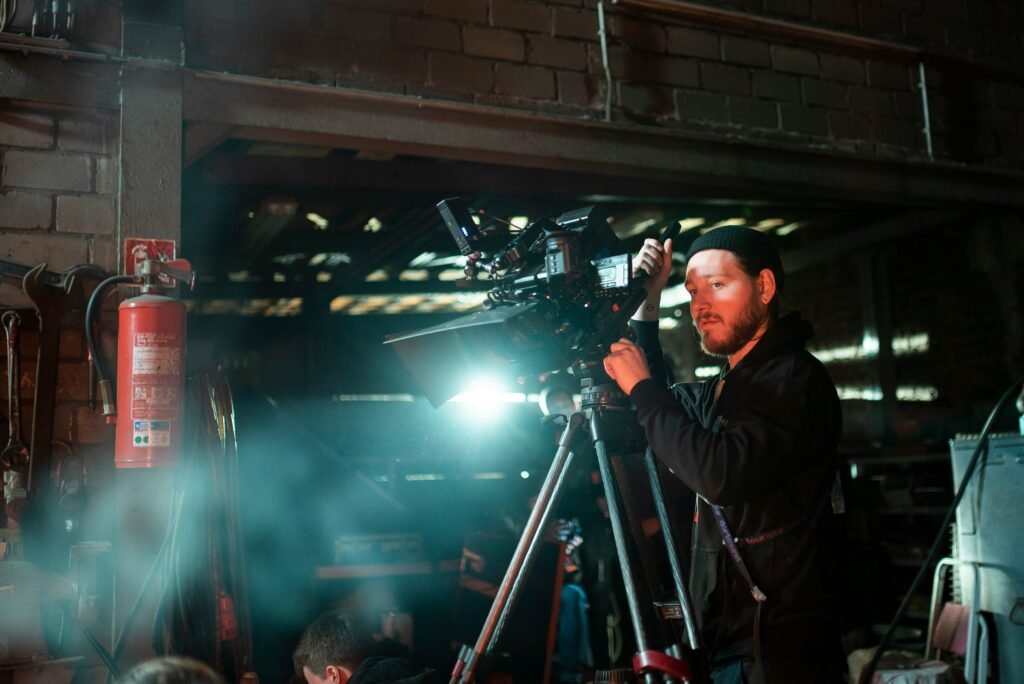
Bolanle Media is excited to announce our partnership with The Newbie Film Academy to offer comprehensive courses designed specifically for aspiring screenwriters. Whether you’re just starting out or looking to enhance your skills, our resources will provide you with the tools and knowledge needed to succeed in the competitive world of screenwriting. Join us today to unlock your creative potential and take your first steps toward crafting compelling stories that resonate with audiences. Let’s turn your ideas into impactful scripts together!
Advice
How AI Is Forcing Everyone Into the Entrepreneur Game

Remember when having an ordinary job felt safe? Those days are over. The arrival of artificial intelligence isn’t just automating tasks—it’s blowing up the very idea of job security and ushering in an era where adaptability and entrepreneurship aren’t optional, they’re survival skills. Welcome to the new game. Average is automated, and now, everyone needs to think—and act—like an entrepreneur.
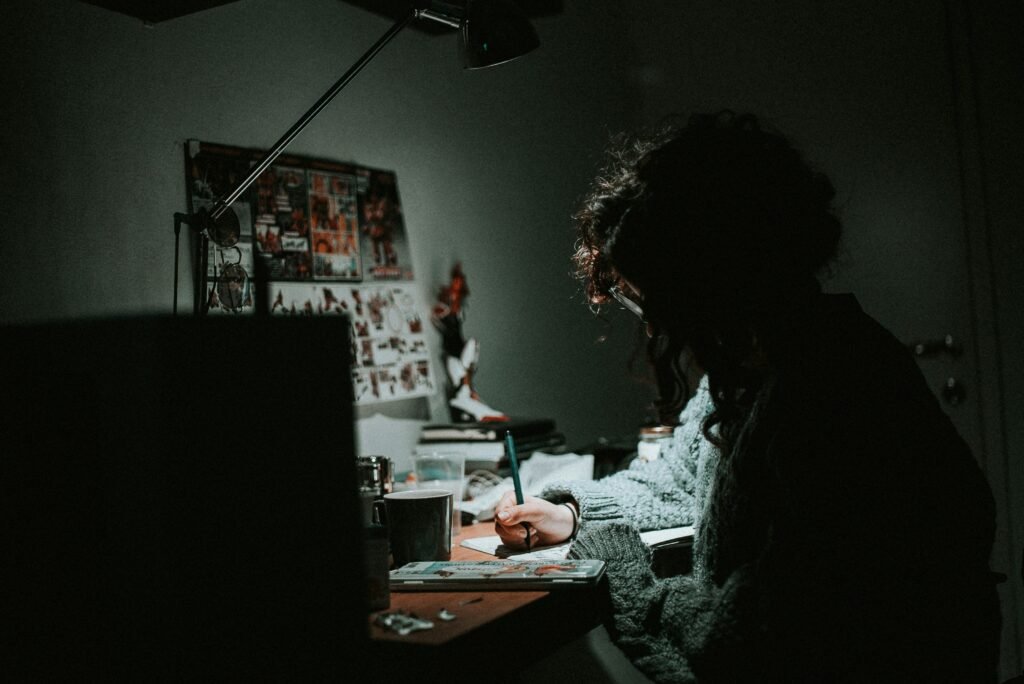
AI Isn’t Coming—It’s Already Here (And It’s Taking Jobs)
It’s not sci-fi anymore. By 2025, AI and automation are expected to displace as many as 85 million jobs worldwide, from customer service roles to entry-level tech positions, with 13.7% of U.S. workers already reporting being replaced by robots or AI-driven systems. Young people are especially hard-hit: tech unemployment among 20- to 30-year-olds has jumped 3% this year alone in AI-exposed roles. And the impact isn’t slowing down. Analysts say up to 60% of jobs in advanced economies could see tasks automated in the near future, with 30% of workers fearing outright replacement.
Why Average Isn’t Enough Anymore
The old industrial world ran on “the bell curve”—reliably rewarding the middle. If you were competent, you were comfortable. But in the digital age, AI is programmed to do average things perfectly and instantly. Now, the top 10%—the specialists, the creators, the difference-makers—snap up 90% of the rewards, while the rest get left behind.

Enter: The Entrepreneur Game
Here’s the twist: being entrepreneurial isn’t just about starting a business. It’s about building a personal brand, mastering a specialty, and continually learning or creating something valuable that AI can’t easily duplicate. Tech isn’t killing opportunity—it’s changing what it looks like.
- 20 million Americans now expect to retrain for new, more creative or tech-forward careers in the next three years.
- The fastest-growing “jobs” are digital and entrepreneurial: creators, consultants, coaches, prompt engineers, content strategists, AI-human collaboration experts, and niche community builders.
- Nearly half of companies that adopted AI are now automating roles, but they’re also creating demand for new skills and products almost overnight—a perfect playground for entrepreneurial thinking.
Survival Guide: How to Play (and Win) the New Game
- Pick Your Niche: Get laser-specific. Being “good at business” is out. Being the best at “helping consultants automate YouTube marketing with AI tools” is in—and global.
- Build Digital Assets: Write, film, code, design, research—create things that can scale, sell, and build your brand, wherever you are.
- Stay Adaptable: Reskill, upskill, and don’t be afraid to jump into new industries. Today’s winners are the ones who can pivot quickly and ride the next wave, not cling to what worked last year.
- Own Your Audience: Whether it’s a newsletter following, a YouTube channel, or a private Slack group, your future depends on connecting with people who value what you do—AI can’t compete with real, human influence.
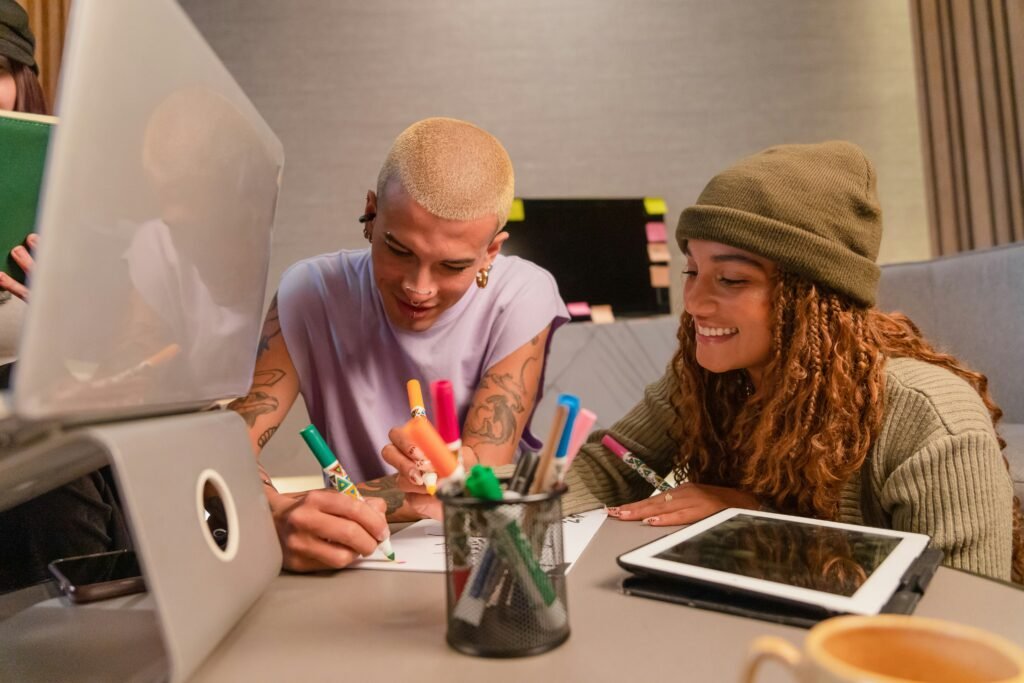
Bottom Line
AI didn’t just move the goalposts—it changed the field. Being “average” is now a risk, not a guarantee. The winners in this new economy aren’t waiting for work to come to them—they’re proactively creating, collaborating, and cashing in on the skills, products, and experiences AI can’t touch. The entrepreneur game isn’t just for founders anymore. Ready or not, it’s for everyone.
Advice
How to Make Your Indie Film Pay Off Without Losing Half to Distributors
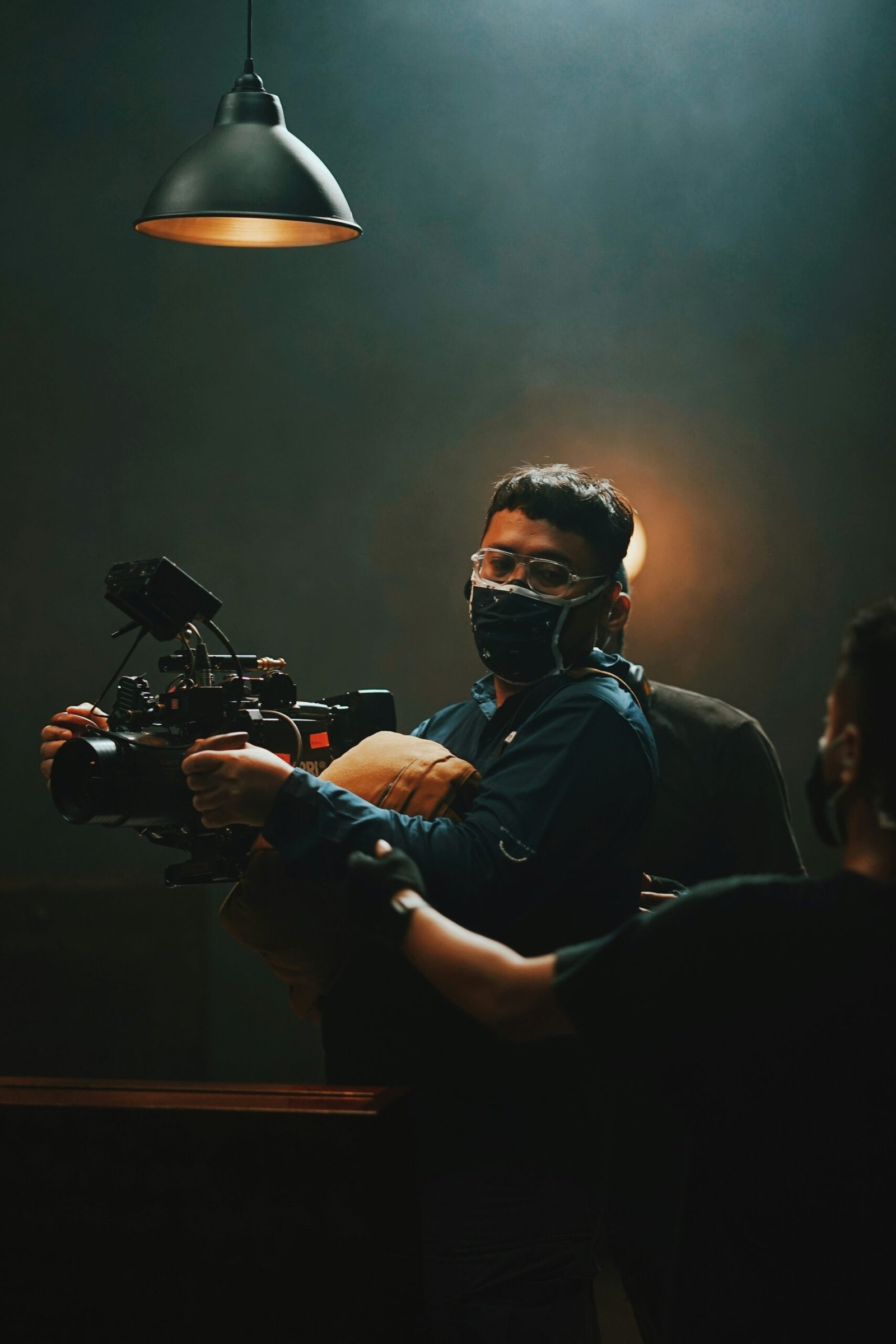
Making an independent film is often a labor of love that can take years, countless hours, energy, and a significant financial investment. Yet, for many indie filmmakers, the hardest part is recouping that investment and making money once the film is finished. A common pitfall is losing a large portion of revenue—often half or more—to sales agents, distributors, and marketing expenses. However, with the right knowledge, strategy, and effort, indie filmmakers can maximize their film’s earnings without giving away so much control or profit.

Here is a comprehensive guide to keeping more of your film’s revenue and ensuring your film gets the audience and financial return it deserves.
Understanding the Distribution Landscape
Most indie filmmakers traditionally rely on sales agents and distributors to get their films to audiences. Sales agents typically take 15-20%, and distributors can take another 20-35%, easily cutting your revenue share by half right from the start. Additionally, marketing costs that may be deducted can range from a few thousand to upwards of $15,000, further eating into profits. The accounting is often opaque, making it difficult to know how much you truly earned.
Distributors nowadays tend to focus on worldwide rights deals and use aggregators to place films on streaming platforms like Amazon, Apple TV, and Tubi. These deals often do not fetch the best revenue for most indie filmmakers. Many distributors also do limited outreach, reaching only a small number of potential buyers, which can limit the sales opportunities for your film.
Becoming Your Own Sales Agent
One of the most important shifts indie filmmakers must make today is to become their own sales agents. Instead of relying entirely on intermediaries, you should learn the art and business of distribution:
- Research and build an extensive list of distributors worldwide. Top filmmakers have compiled lists of hundreds of distributors by country and genre. Going wide increases your chances of multiple revenue deals.
- Send personalized pitches to hundreds of distributors, showcasing your finished film, cast details (including social media following), genre, logline, and trailer. Ask if they want to see the full feature.
- Don’t settle for a single distributor or a big-name company that may not prioritize your film. Instead, aim for multiple minimum guarantees (MGs) from niche distributors in individual territories like Germany, Japan, and the UK.
- Maintain transparent communication and track every outreach effort carefully.

Pitching and Marketing Tips
When pitching your film:
- Highlight key genre elements and target audience since distributors are often risk-averse and look for specific film types.
- Include social media metrics or fanbase counts, which can make your film more attractive.
- Provide a strong one-minute trailer and a concise logline.
- Be prepared for rejections; even a 5% positive response rate is success.
Marketing is also crucial and can’t be left solely to distributors. Understanding and managing your marketing efforts—or at least closely overseeing budgets and strategies—ensures your film stands out and reaches viewers directly.
Self-Distribution and Hybrid Models
If traditional distribution offers no appealing deals, self-distribution can be a viable option:
- Platforms like Vimeo On Demand, Amazon Prime Direct, and YouTube allow you to upload, price, and market your film directly to audiences while retaining full creative and revenue control.
- Aggregators like Filmhub and Quiver help place self-distributed films on multiple streaming services, often for a reasonable fee or revenue share.
- The hybrid distribution model combines some traditional distribution deals with self-distribution, maximizing revenue streams, audience reach, and control over your film’s destiny.
Takeaway: Be Proactive and Entrepreneurial
The indie filmmaking world is now as much about entrepreneurship as artistry. Knowing distribution essentials, taking ownership of your sales process, and actively marketing your film are no longer optional—they are key for financial success.
By investing time in outreach, exploring multiple territories, securing minimum guarantees, and considering hybrid or self-distribution approaches, indie filmmakers can keep more of their earnings, increase their film’s audience, and avoid being sidelined by opaque deals and slim returns.
The days of handing your film over to a distributor and hoping for the best are gone. The winning formula today is to be your own sales agent, marketer, and advocate—empowered to make your indie film pay off.
Advice
How to Absorb Books 3x Faster in 7 Days

Reading is one of the most powerful skills you can develop — but most people read far slower than they could, spend time on information that doesn’t matter, and then forget what they read a week later. The Triforce Method changes that. It’s a three-part strategy that helps you increase your reading speed, focus on the most important details, and actually remember and use what you’ve learned.

Strategy 1: Increase Your Baseline Reading Speed
The first step is to read faster — but not by rushing. Instead, you’ll train your brain and eyes to process information more efficiently.
1. Remove Your Internal Monologue
Most people “hear” the words in their head when reading. This subvocalization caps your speed to that of normal speech — about 200–250 words per minute. To double your speed, you need to see the words, not hear them.

Think about a stop sign — you don’t sound out “STOP” in your head; you just recognize it instantly. You can train this with tools like Spreeder (free, not sponsored), which flashes text at higher speeds and groups words together. This forces your brain to process visually rather than subvocally.
With practice, this feels natural — the author of this method went from 250 wpm to over 500 wpm in just a short time.
2. Use a Visual Tracker
Your eyes aren’t naturally smooth when moving across text — small jerks and backtracking slow you down. Try this:
- Look at your screen and move your eyes from left to right. Notice the small jitters.
- Now put your finger or a pen in front of you and track it smoothly. Immediately, your motion is more consistent.
A tracker (your finger, a pen, or even a cursor) keeps your eyes moving forward, prevents regression, and lets you maintain speed. Over time, increase your tracking speed. This alone can add another 100+ words per minute to your pace.
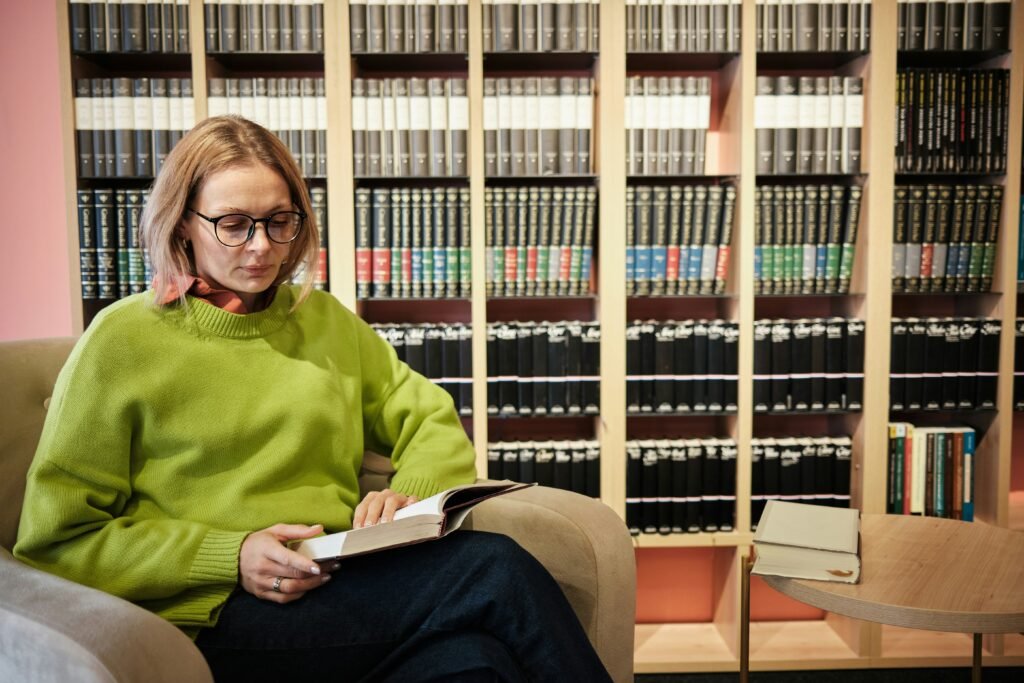
Strategy 2: Have a Reading Strategy
Speed means nothing if you waste time on unimportant details. The second step is knowing when to read fast and when to slow down — especially for non-fiction.
The 80/20 Rule
In most non-fiction books, 80% of the value comes from 20% of the content. The rest is often filler, examples, or repetition.
For example, in Atomic Habits, the core lessons are surrounded by stories and case studies. Using the Triforce Method:
- Read most sections quickly (internal monologue removed, visual tracker engaged).
- When you hit a “golden nugget” of advice, slow down, think about it, and absorb it.
The key here: adapt your speed based on content. Reading 700 wpm during a key concept will reduce comprehension — so drop to 500 wpm or less when it matters.
Avoid “highlighting every sentence” syndrome. Focus on what really moves the needle.
Strategy 3: Summarise and Consolidate
Reading faster and smarter means nothing if you immediately forget what you’ve read. The third pillar of the Triforce Method is about retention and application.
Summarising
After each page, summarise it in 1–2 sentences in your own words. Even “nothing important happened here” counts. This habit forces your brain to engage with the material and improves comprehension.
Consolidating
Especially for non-fiction, you must take action on what you read. Learning is about changing behavior, not just collecting ideas.
Example: After reading about habit tracking in Atomic Habits, actually start tracking your habits that day — don’t just file the advice away for “someday.” The author of this method even paused reading for 24 hours to implement changes before continuing.
If you don’t change anything after reading, you haven’t truly learned.

When to Use This Method
- Learning-focused reading: Non-fiction, textbooks, technical guides, exam prep — anytime speed, focus, and retention matter.
- Enjoyment reading: Fiction, poetry, or literature may not require all these techniques — unless you want to increase speed intentionally.
The Bottom Line
The Triforce Method combines:
- Speed – Removing subvocalization + using a visual tracker.
- Strategy – Applying the 80/20 rule and adapting your pace.
- Retention – Summarising and acting on what you read.
With consistent practice, you can double your reading speed, focus only on what matters, and actually remember and use the information.
If you’d like, I can also make a condensed, visually appealing infographic summarizing the three strategies in the Triforce Method so it’s easier to refer back to.
Do you want me to prepare that next?

 Entertainment2 weeks ago
Entertainment2 weeks agoAfter Party: Festival Winner for Best Romantic Short

 News2 weeks ago
News2 weeks agoCamp Wackapoo – Rise of Glog Takes Center Stage

 Entertainment2 weeks ago
Entertainment2 weeks agoFrancisco Ramos Takes Top Mockumentary Award at Houston Comedy Film Festival

 Politics2 weeks ago
Politics2 weeks agoMamdani’s Victory Triggers Nationwide Concern Over New York’s Future

 Politics2 weeks ago
Politics2 weeks agoTrump’s $2,000 Tariff Dividend Plan: Who Gets Paid?

 News2 weeks ago
News2 weeks ago50-Year Mortgages: A Game Changer or a Debt Trap?

 Film Production2 weeks ago
Film Production2 weeks agoWhy China’s 2-Minute Micro Dramas Are Poised To Take Over The U.S.

 Politics2 weeks ago
Politics2 weeks agoSupreme Court Bans Transgender Gender Markers on Passports



















